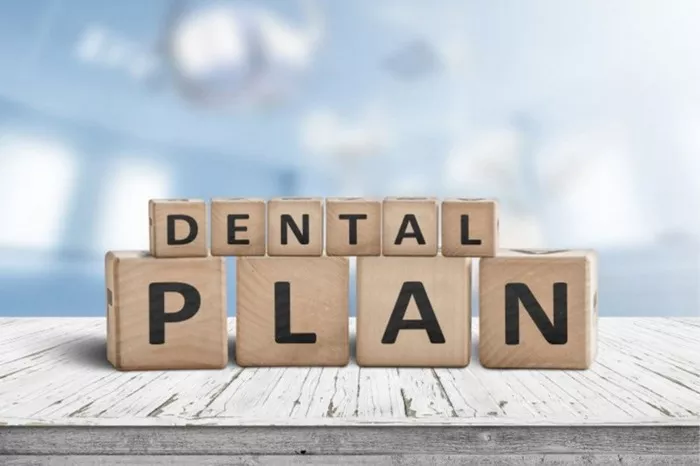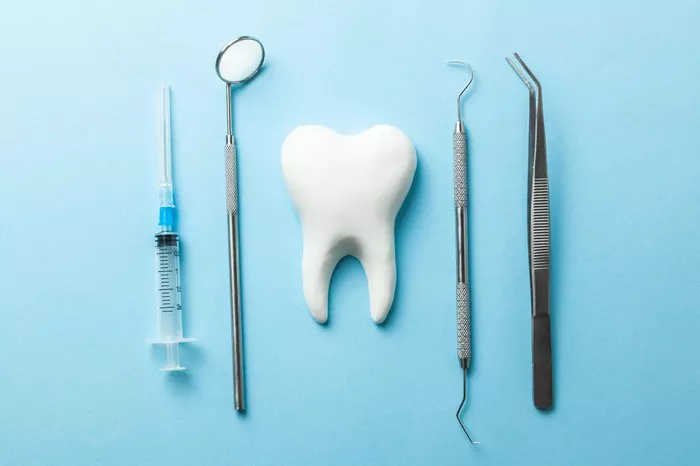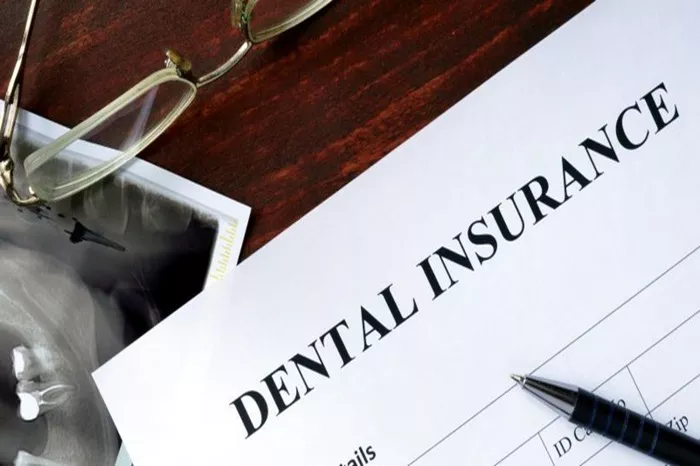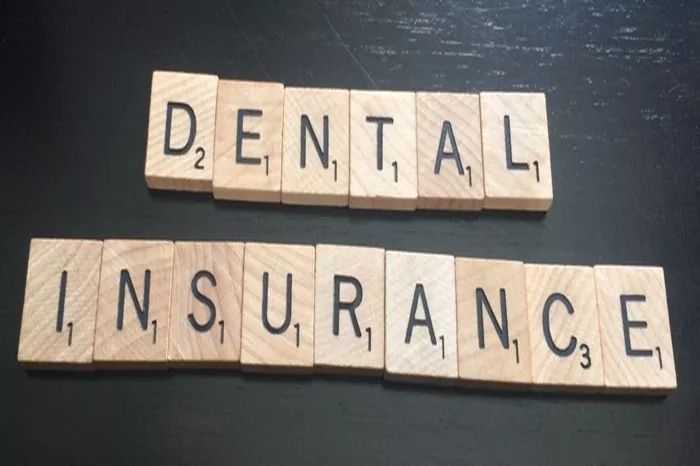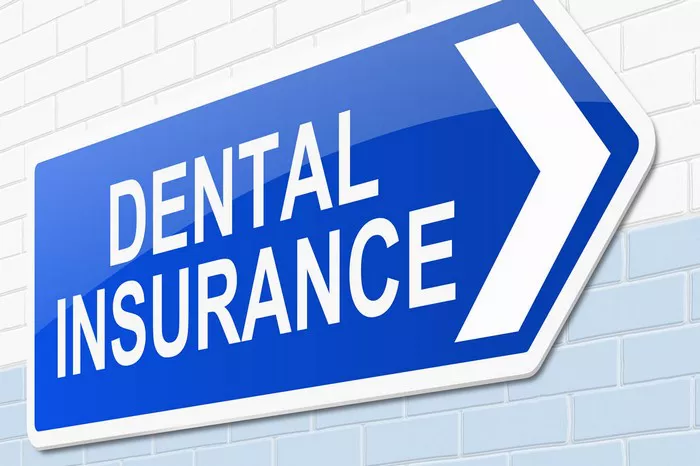Coinsurance is a crucial component of dental insurance that affects how much policyholders pay out of pocket for their dental care. This article will explore what coinsurance means in the context of dental insurance, how it operates, and its impact on overall dental expenses. By the end, you will have a clear understanding of coinsurance and how it can affect your dental insurance coverage.
What Is Coinsurance in Dental Insurance?
Coinsurance is the percentage of dental costs that policyholders are responsible for after meeting their deductible. Unlike copayments, which are fixed amounts paid for specific services, coinsurance is a percentage of the total cost. For example, if a dental procedure costs $1,000 and your coinsurance rate is 20%, you would pay $200, and your insurance would cover the remaining $800.
How Coinsurance Works
Coinsurance rates can vary based on the type of dental care and the specifics of your dental insurance plan. Typically, dental insurance plans categorize treatments into different classes, each with its own coinsurance rate. Here’s a breakdown of how coinsurance generally works in dental insurance:
1. Understanding Deductibles
Before coinsurance applies, you usually need to meet a deductible. A deductible is the amount you pay out of pocket before your insurance starts to cover costs. For example, if your deductible is $100, you will pay the first $100 of your dental expenses. Once the deductible is met, coinsurance rates will apply to the remaining costs.
2. Different Classes of Dental Care
Dental procedures are often classified into three main categories, each with different coinsurance rates:
Preventive Care
Preventive care includes routine check-ups, cleanings, and X-rays. These procedures are crucial for maintaining dental health and often have lower coinsurance rates, sometimes as low as 0% or 10%. Many dental insurance plans fully cover preventive care to encourage regular visits and early detection of potential issues.
Basic Care
Basic care includes fillings, extractions, and other minor procedures. Coinsurance for basic care typically ranges from 20% to 50%. For instance, if a filling costs $200 and your coinsurance rate is 20%, you will pay $40, and your insurance will cover $160.
Major Care
Major care encompasses more complex procedures such as crowns, bridges, and root canals. Coinsurance rates for major care are usually higher, often ranging from 40% to 50%. If a crown costs $1,000 and your coinsurance rate is 50%, you will pay $500, and your insurance will cover the remaining $500.
3. Annual Maximums
Dental insurance plans often have an annual maximum, which is the total amount the insurance company will pay for covered services within a policy year. Once this maximum is reached, you will be responsible for the full cost of any additional dental care. Coinsurance still applies to the costs up to the annual maximum.
See Also: What Does Copay Mean in Dental Insurance
Factors Affecting Coinsurance Rates
Several factors can influence the coinsurance rates in your dental insurance plan:
1. Plan Type
Dental insurance plans come in various types, including PPO (Preferred Provider Organization), HMO (Health Maintenance Organization), and Indemnity plans. PPO plans typically offer a broader network of dentists and may have lower coinsurance rates for in-network services. HMO plans often require you to use a specific network of providers and may have lower or fixed coinsurance rates. Indemnity plans offer the most flexibility but may have higher coinsurance rates.
2. Provider Network
In-network providers are those who have agreed to the terms of your dental insurance plan. If you see an in-network provider, your coinsurance rates may be lower compared to seeing an out-of-network provider. Out-of-network providers may charge more, and you might be responsible for a higher percentage of the costs.
3. Coverage Limits
Some dental insurance plans have specific coverage limits for certain procedures. For instance, there might be a limit on the number of fillings or crowns covered per year. If you exceed these limits, you will be responsible for the full cost of additional treatments, and coinsurance rates will apply to these expenses as well.
Managing Coinsurance Costs
Understanding and managing coinsurance costs is essential for effective dental care budgeting. Here are some strategies to help manage these costs:
1. Regular Dental Visits
Maintaining regular dental visits can help prevent major dental issues and reduce the need for extensive treatments. Preventive care, such as cleanings and check-ups, often comes with lower coinsurance rates or is fully covered, making it a cost-effective way to maintain oral health.
2. Review Your Insurance Plan
Carefully review your dental insurance plan to understand the coinsurance rates for different types of care. Knowing these rates can help you plan and budget for anticipated dental expenses.
3. Use In-Network Providers
Choosing in-network providers can help lower your out-of-pocket costs. In-network providers have agreed to the terms of your insurance plan, which often results in lower coinsurance rates and reduced overall expenses.
4. Plan for Major Procedures
If you anticipate needing major dental procedures, plan ahead by checking your insurance plan’s coverage limits and coinsurance rates. Some dental offices offer payment plans or financing options to help manage the costs of major treatments.
5. Maximize Your Benefits
Be aware of your plan’s annual maximum and try to use your benefits before the end of the policy year. If you reach your maximum, any additional dental care will be at your expense, so maximizing your benefits can help reduce overall costs.
Conclusion
Coinsurance plays a significant role in determining your out-of-pocket costs for dental care. By understanding how coinsurance works and considering factors such as plan type, provider network, and coverage limits, you can better manage your dental expenses. Regular visits, careful planning, and effective use of your dental insurance benefits are key strategies for managing coinsurance costs and ensuring you receive the necessary dental care without financial strain.


